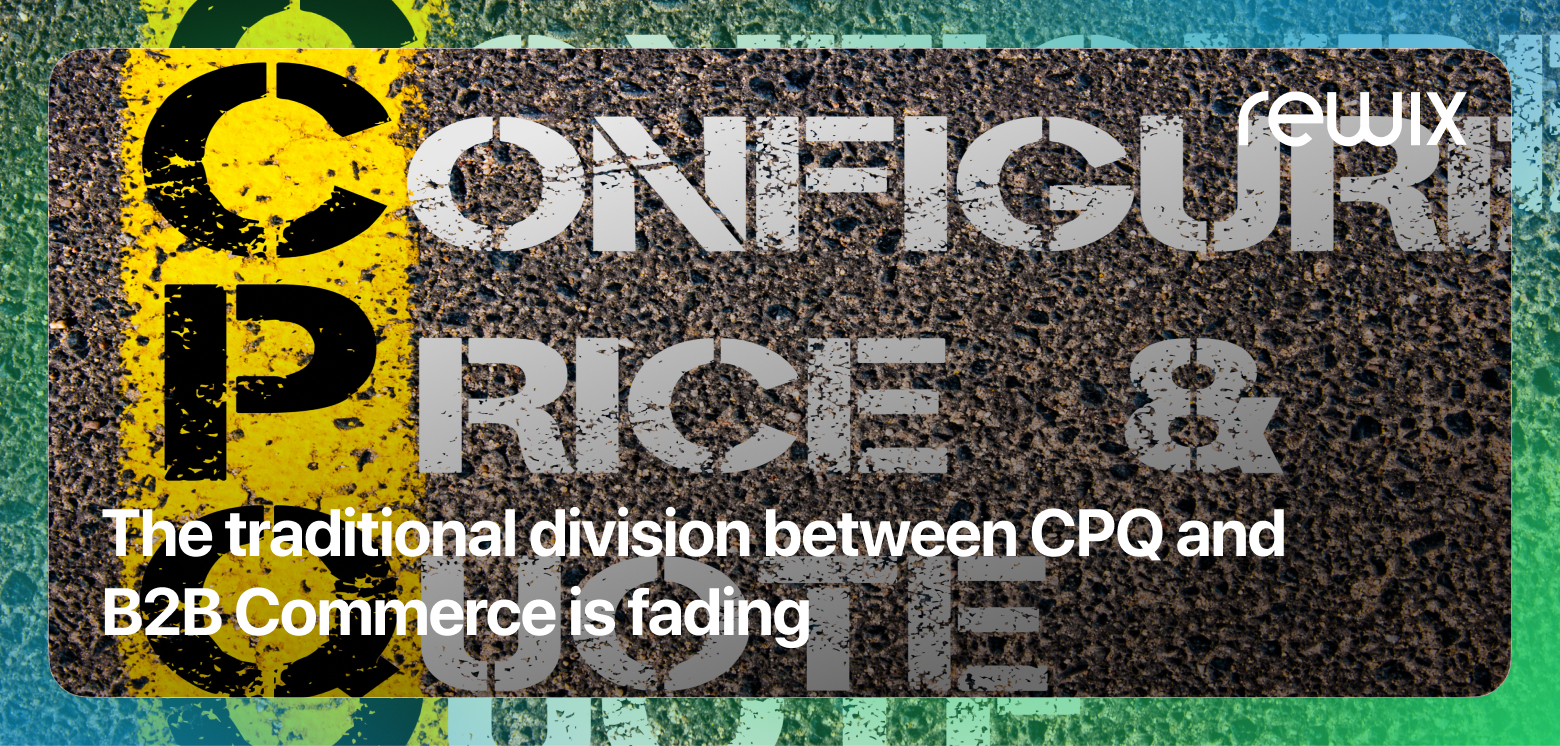Index
Other categories
16 July 2018
Newsletter: cleaning lists to avoid getting into spam

Cleaning lists to avoid getting into spam is one of the most important activities for proper management of newsletter communications.
These, in fact, are the channel through which you communicate to your customers or potential customers everything about your online business: offers from your ecommerce, news in shop, order confirmations and much more.
Often, however, the emails sent do not reach the recipient: the risk of ending up in spam, in addition to causing a drop in campaign open rates, can lead to very serious consequences for your business.
Therefore, knowing why you end up in spam and how to clean your lists is the first step to better manage your email marketing campaigns.
How to clean lists so you don't end up in spam: what you need to know
In addition to following "best practices" for configuring one's mailing system and in content creation, one of the secrets to not having spam problems is so-called "listhygiene," i.e., cleaning mailing lists to refine one's contact database.
It is not uncommon for Mailup, Mailchimp, Magnews or 4DEM to invite a customer with "unclean" lists to find a new provider in order to protect the quality of service provided to all other customers using the DEM system. Server integrity and reputation is very often more of a priority for the provider than for the client.
Best practices for list cleaning are related to the removal of "hard bounces."
An hard bounce occurs if:
- the recipient's email address is no longer active or does not exist
- The domain of the email address does not exist (e.g., because the domain has not been renewed)
- In the case of a Relay error. This occurs if the sending system used is unable to deliver the email correctly to the recipient.
- The address is invalid or is spelled incorrectly
It is critical to remove unknown addresses after the first bounce and all incorrectly spelled addresses.
You need to use email address validation systems that allow you to remove incorrectly spelled addresses. In some cases, it may be worth considering using an external list cleaning system for a fee to help pre-emptively identify email addresses potentially affected by hard bounces.
Once "hard bounces" have been eliminated, "soft bounces" must also be handled properly.
A "soft bounce" occurs when:
- An email address has exceeded its storage capacity (maximum quota with "Mailbox full" issues)
- The specific content of the email sent is considered blocked content. This occurs when an email message reaches a spam scoring above the set threshold
- The recipient's email server is temporarily unreachable or misconfigured.
It is good noma to convert soft bounces to hard bounces after 5 occurrences.
To handle this information properly and make this process compliant, it is necessary for the newsletter and communication delivery system used to be able to:
- automatically capture email bounces
- immediately suspend sending to addresses affected by hard bounces
- suspend sending to addresses affected by soft bounce after a reasonable number of attempts to send.
You should absolutely avoid sending emails to people who have decided to unsubscribe from the newsletter because:
- you are committing a violation of the provisions of the GDPR
- the communications may be marked as spam by the recipients, increasing the number of complains and thus damaging the reputation of the sender.
To prevent this from happening, it is necessary to have an automated CRM that, by storing the customer's choices, immediately prevents the sending of further communications to a recipient who has decided to discontinue receiving emails.
It is also necessary to avoid sending one's emails to so-called "spam traps," "owl" addresses used by blacklists and ISPs to flush out spammers. If an address used as a spam trap is on one of the lists that are used to send and you unknowingly send emails to this account most likely the sender's reputation and future ability to have emails delivered to legitimate recipients will be compromised.
Addresses of subscribers, to one's newsletter, that are inactive should either be removed or solicited for a call to action (CTA) that evidences their continued interest in the topics of the communications sent.
Attempts should be made to pursue one or more strategies to "re-engage" inactive users through ad hoc reactivation campaigns. If, after a reasonable number of attempts to reactivate the contact, there is no response, the recipient should be permanently removed from the mailing lists and considered a lost contact.
List cleaning practices to avoid ending up in spam should be carried out regularly and continuously.
It is possible to use services and tools that monitor spam complains and track email open rates.
Optimize the data collection process to avoid getting into spam
The best list cleaning starts withoptimizing the data collection process. Marketing data bases are often obtained from multiple sources such as corporate sites, POS systems, ecommerce platform, social networks, and mobile promotions. It is necessary to be able to consolidate and optimize lists to marketing strategies.
The first rule is not to accept into one's list addresses that are incorrectly written at every point in the collection of recipients. Some also suggest preventing technical addresses such as postmaster@ or abuse@ from subscribing to the newsletter. Double opt-in systems in this sense are the best example of a quality control of one's recipients. If you purchase packages of possible recipients, you should make sure that the lists that are acquired from third parties are profiled and segmented, broken down by source. This can be useful in identifying invalid or risky email sources.
GDPR Compliance
The entire process of managing subscriptions, processing recipient lists and sending messages must be in strict compliance with the rules of GDPR regulations.
Unwittingly, the legislature, with its GDPR legislation, is lending a hand to the network as it pushes for greater control over the quality and origin of lists.
List segmentation and profiling
Profiling, segmenting, and targeting prospects and customers based on product interests and preferences results in better results. It is critical to profile recipients in order to deliver the most interesting messages to the chosen target audience, maximizing the ability to interest your audience and generate interest.
Profiling can be done by monitoring behavior, examining collected data and through surveys. Sending emails to the right target audience for one's communication and business initiative is the best guarantee for a successful outcome.
It is critical to collect all feedback and immediately remove from sending lists all recipients who complain in the manner intended. A good practice is to make sure that the aforementioned are able to update their newsletter receipt addresses via self-service panels (restricted areas) and are able to choose the topics, frequency of receipt for which to receive business newsletters.
It is important to identify a strategy for identifying and segmenting newsletter subscribers who are no longer active. This practice can include different sending frequencies with ad hoc communications to stimulate a return, creation of win-back campaigns, and if necessary removing these addresses from the list permanently.
The email sending system integrated with Rewix's CRM functions sends 600 thousand emails daily and uses all the best practices described in the article.
If you would like more information please do not hesitate to contact us. We will be happy to give you more information.


